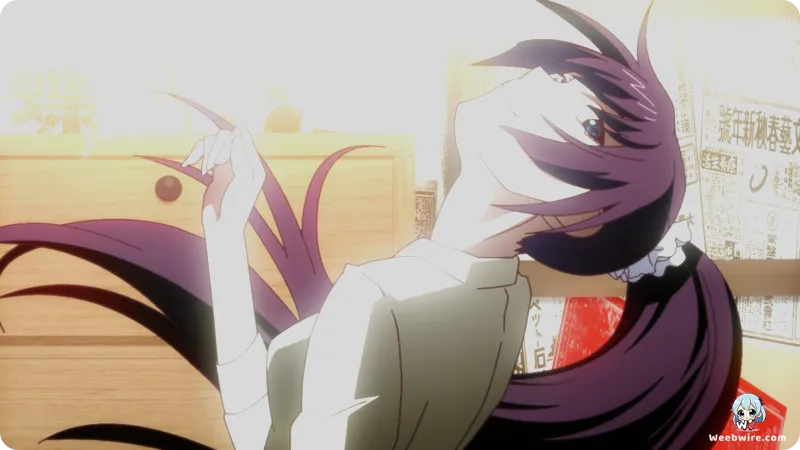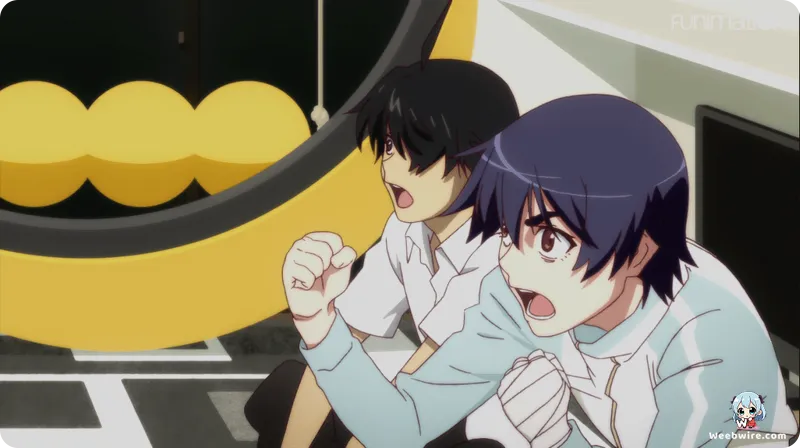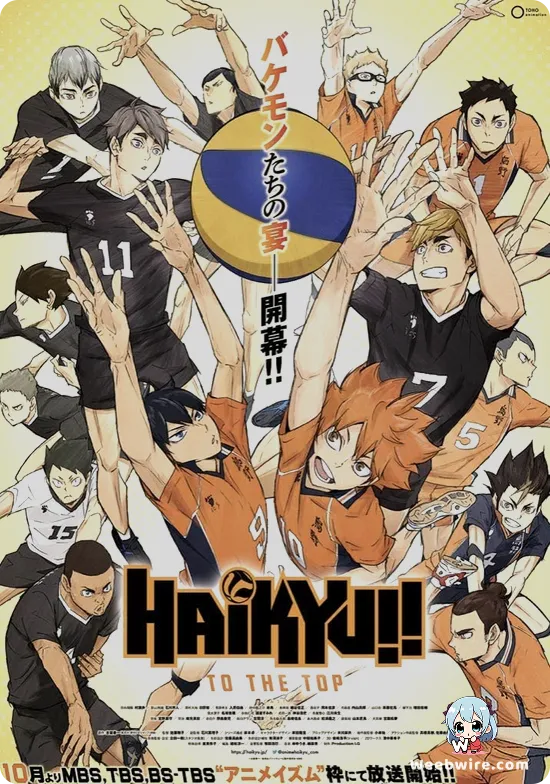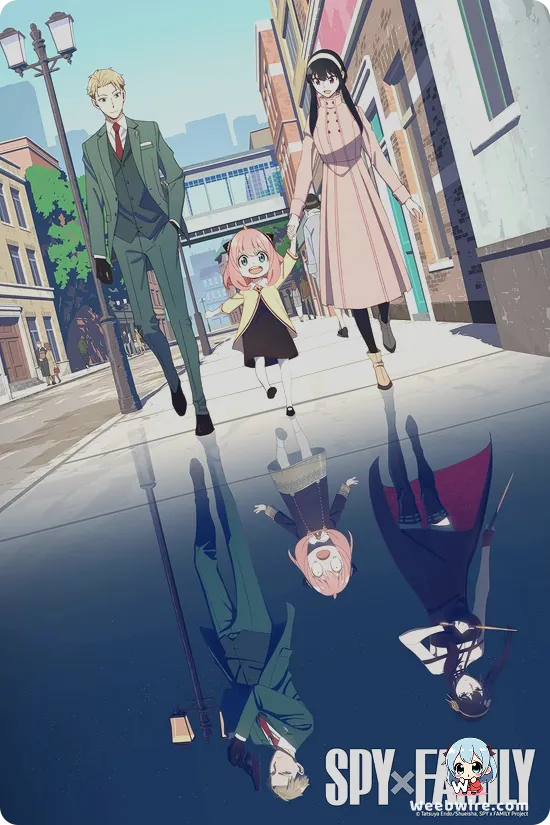The Enduring Enigma of Bakemonogatari: Unpacking the Anime's Revolutionary Visuals, Dialogue, and Psychological Depth

Bakemonogatari, the inaugural anime adaptation of Nisio Isin's sprawling Monogatari Series light novels, made its groundbreaking debut in July 2009. It immediately distinguished itself with a revolutionary visual style and an unconventional narrative approach that challenged traditional storytelling norms. Far from a typical supernatural action series, Bakemonogatari masterfully employs supernatural 'abnormalities' as profound metaphors, delving deep into the psychological intricacies of its characters, exploring their inner turmoil and unresolved traumas. Its enduring appeal, lasting over a decade and a half, stems not only from its compelling mysteries but also from a wealth of unique production choices, authorial brilliance, and character insights that continue to captivate fans. This series is a rich tapestry of fascinating facts, each illuminating its peculiar and undeniable genius.
Revolutionary Visuals and Narrative
At the core of Bakemonogatari's narrative lies Nisio Isin's renowned verbose, rapid-fire, and often philosophical dialogue. Studio Shaft and director Akiyuki Shinbo expertly translated this dense prose into a visually dynamic experience, dedicating scenes to intense conversations. This was augmented by a signature visual language, including the iconic 'Shinbo Head Tilt' and experimental animation featuring abstract backgrounds, real-world photography, and stark color palettes. Fleeting text cards deliver exposition and internal monologues, creating a dynamic, almost disorienting viewing experience that perfectly complements the narrative's surreal nature, challenging viewers to actively interpret information.
Psychological Depth and Character Exploration
Beyond its stylistic innovations, Bakemonogatari excels in psychological character depth. Each 'abnormality' encountered by Koyomi Araragi is a potent, physical manifestation of a girl's emotional baggage or trauma. For example, Hitagi Senjougahara's 'weightlessness' symbolizes her emotional detachment and suppressed past abuse. Mayoi Hachikuji's 'lost cow' reflects her inability to move on from her mother's death. Suruga Kanbaru's 'monkey's paw' embodies her overwhelming jealousy and destructive desires. These meticulously crafted abnormalities provide a rich framework for exploring complex themes of identity, self-acceptance, and confronting inner demons.

Voice Acting and Musical Direction
The voice acting is another critical component, with Hiroshi Kamiya (Koyomi Araragi) and Chiwa Saito (Hitagi Senjougahara) masterfully delivering intricate, fast-paced lines imbued with profound emotion, making their performances legendary. The musical direction is equally unique, with each major character arc featuring a distinct opening theme sung by the respective character's voice actress, tailored to their personality. These openings are integral to the storytelling, setting the tone and immersing the viewer in each character's world.
Lasting Influence on Anime
Bakemonogatari's impact on anime is undeniable. It redefined light novel adaptations, pushing boundaries in visual storytelling and narrative structure. It proved a series could be dialogue-driven, intellectually stimulating, and deeply character-focused while remaining immensely entertaining. Its distinctive style has influenced subsequent productions, cementing Studio Shaft's reputation as an innovator. For those seeking an anime experience that challenges conventions and rewards close attention, Bakemonogatari remains a fascinating and endlessly rewarding journey.
Credits
Bakemonogatari
Author
Nisio Isin
Cover Art
VOFAN
Studio
Shaft
Publisher
Kodansha
Producers





